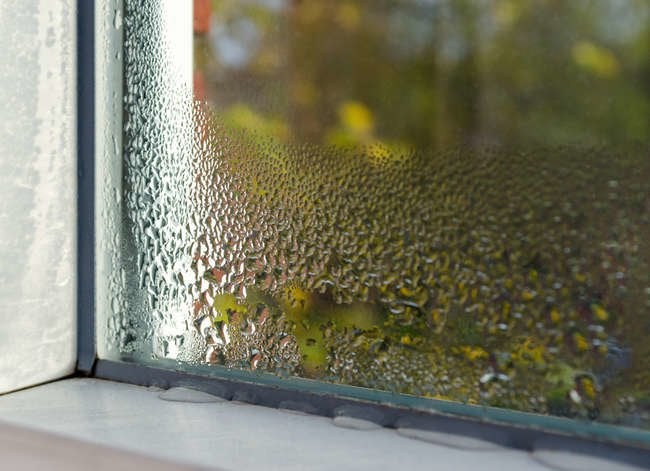

We may earn revenue from the products available on this page and participate in affiliate programs. Learn More ›
You overwater your houseplants
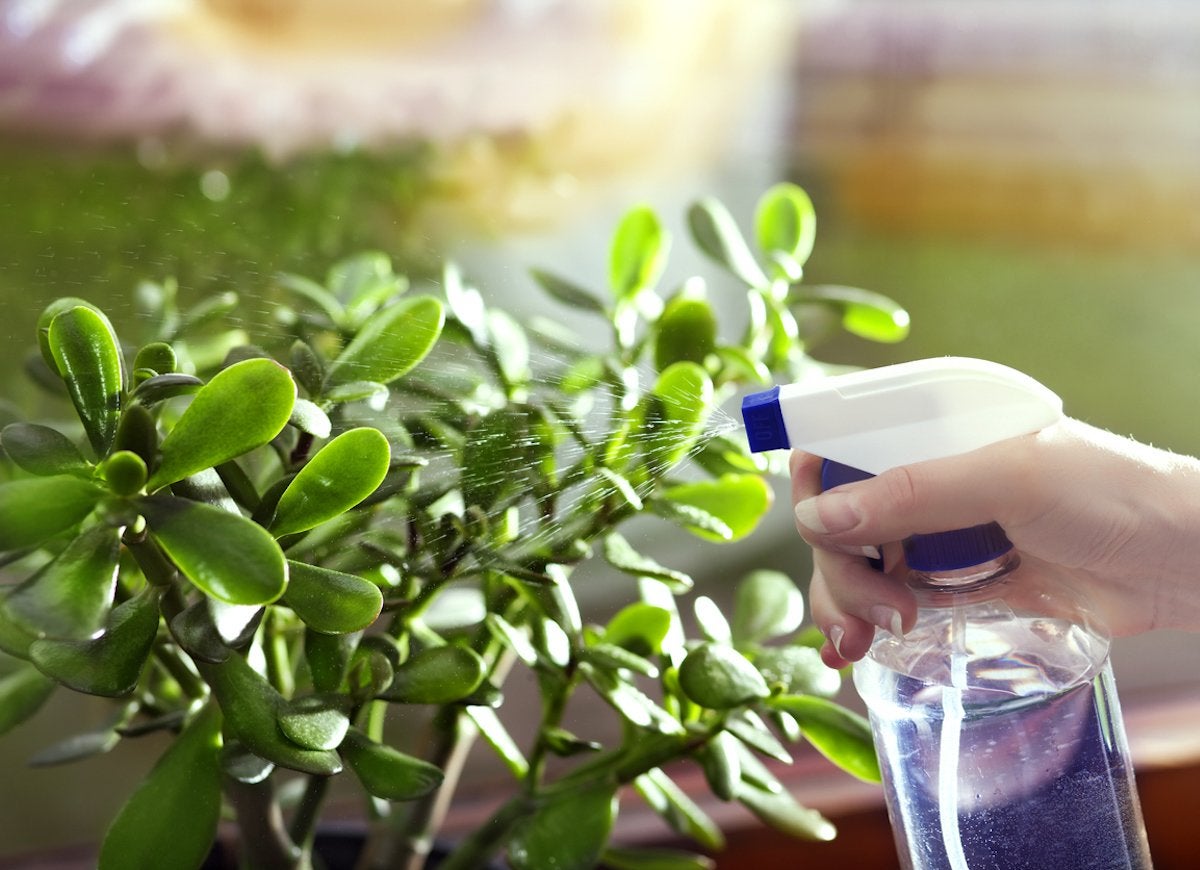
Newbie plant parents may be most concerned about underwatering their houseplants, but in fact overwatering is just as big a problem. Not only does soggy soil “drown” and rot the roots of a plant, it also serves as an open invitation for mold to move in. If you notice a layer of white, fuzzy mold on the surface of your houseplants’ soil, use a spoon to scoop away the top inch or so of the dirt and replace it with clean, fresh potting soil. Going forward, cut down on your watering, giving your plants a drink only when the soil is dry down to about a half inch or an inch below the surface.
You don’t fix small leaks
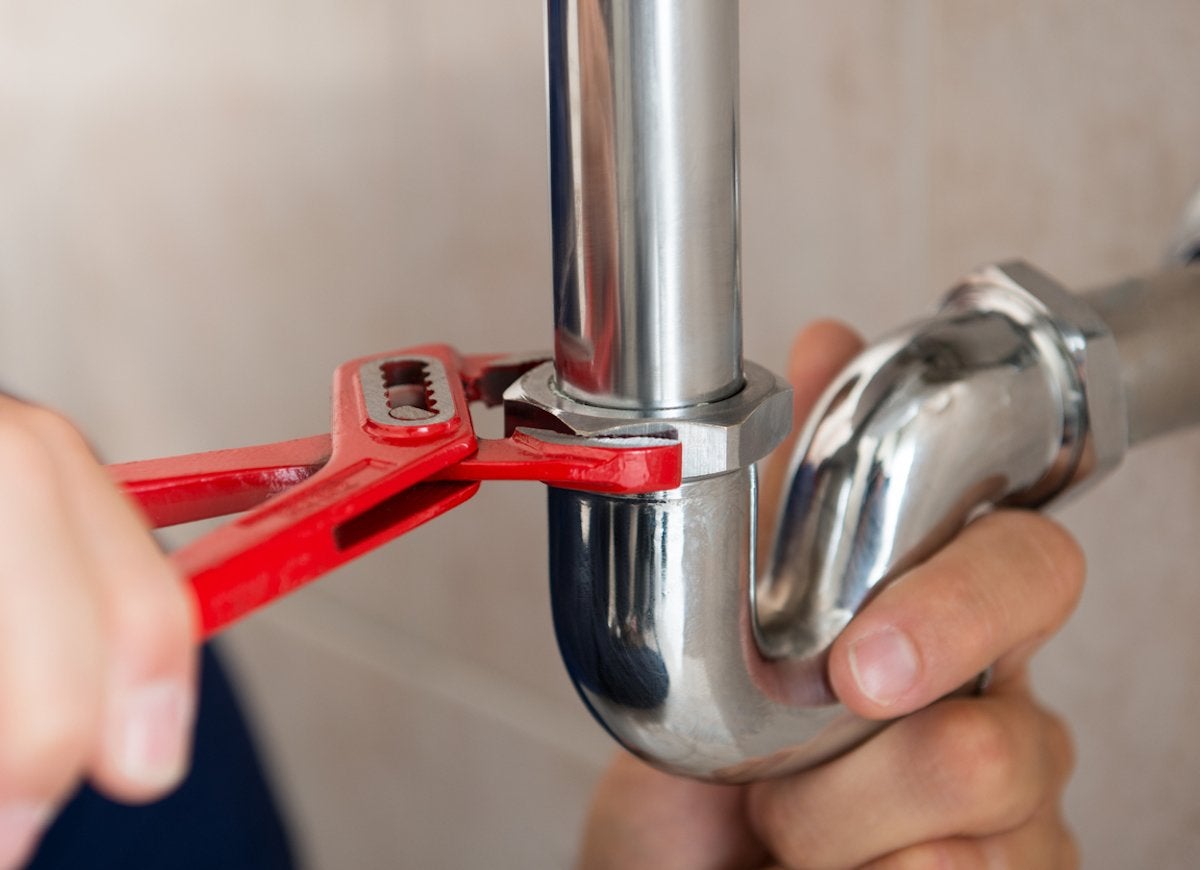
The tiny drip behind the toilet. The slow leak beneath your kitchen sink. That barely there puddle next to your washing machine. It’s tempting to ignore these small leaks, but by doing so, you encourage the growth of moisture-loving mold—and add to your water bills as well. It’s much easier to tackle a leak while it’s still small, so don’t procrastinate. Call a professional or, if it’s within your DIY skill set, fix any leaks yourself as soon as you notice them.
You leave spills on your carpets
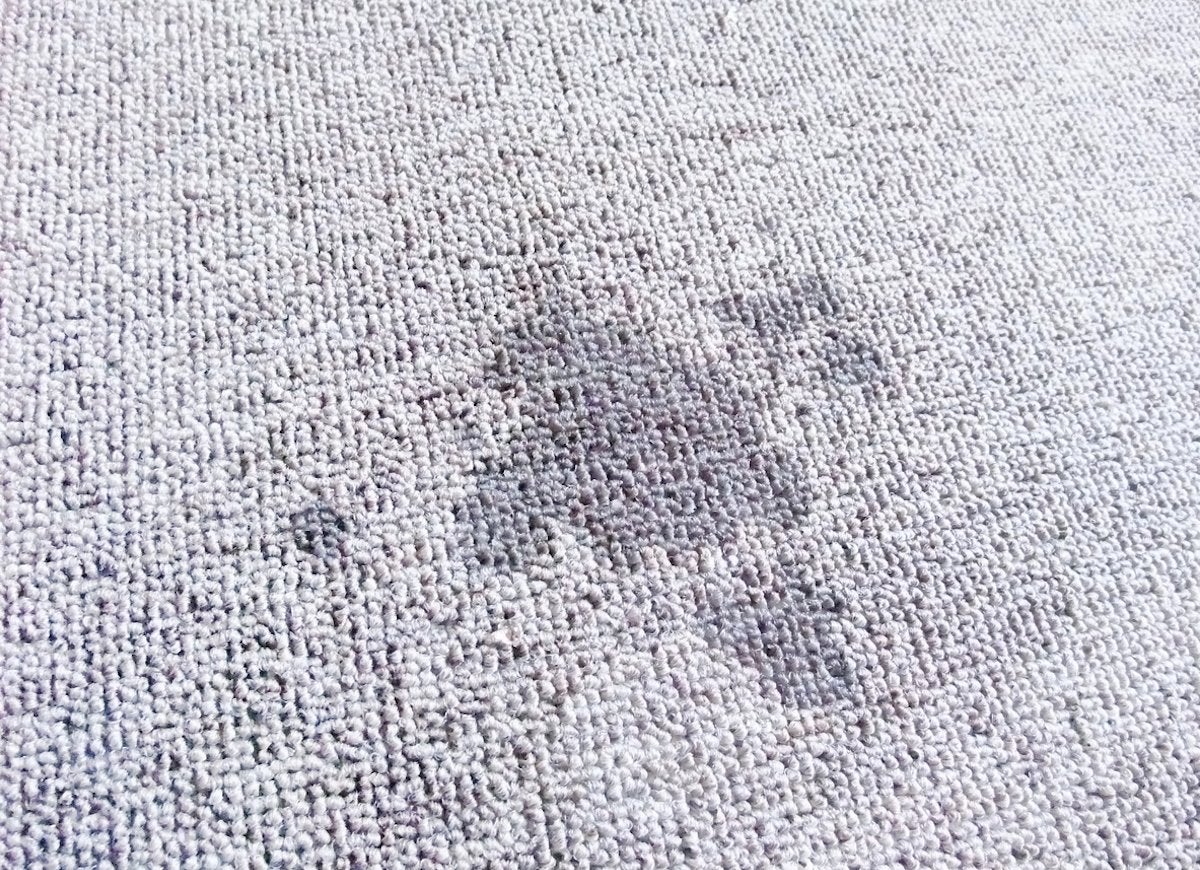
Yes, that spilled glass of water or other beverage may not be a big puddle, but once it seeps underneath the carpet, the damp padding is a perfect spot for mold to flourish. Always blot up spills right away, even if they are “only water.” If you get on it quickly, you’ll not only help prevent mold growth, you’ll also cut down on carpet stains.
Related: 8 Dirty Secrets Your Carpet May Be Keeping from You
The humidity in your house is too high
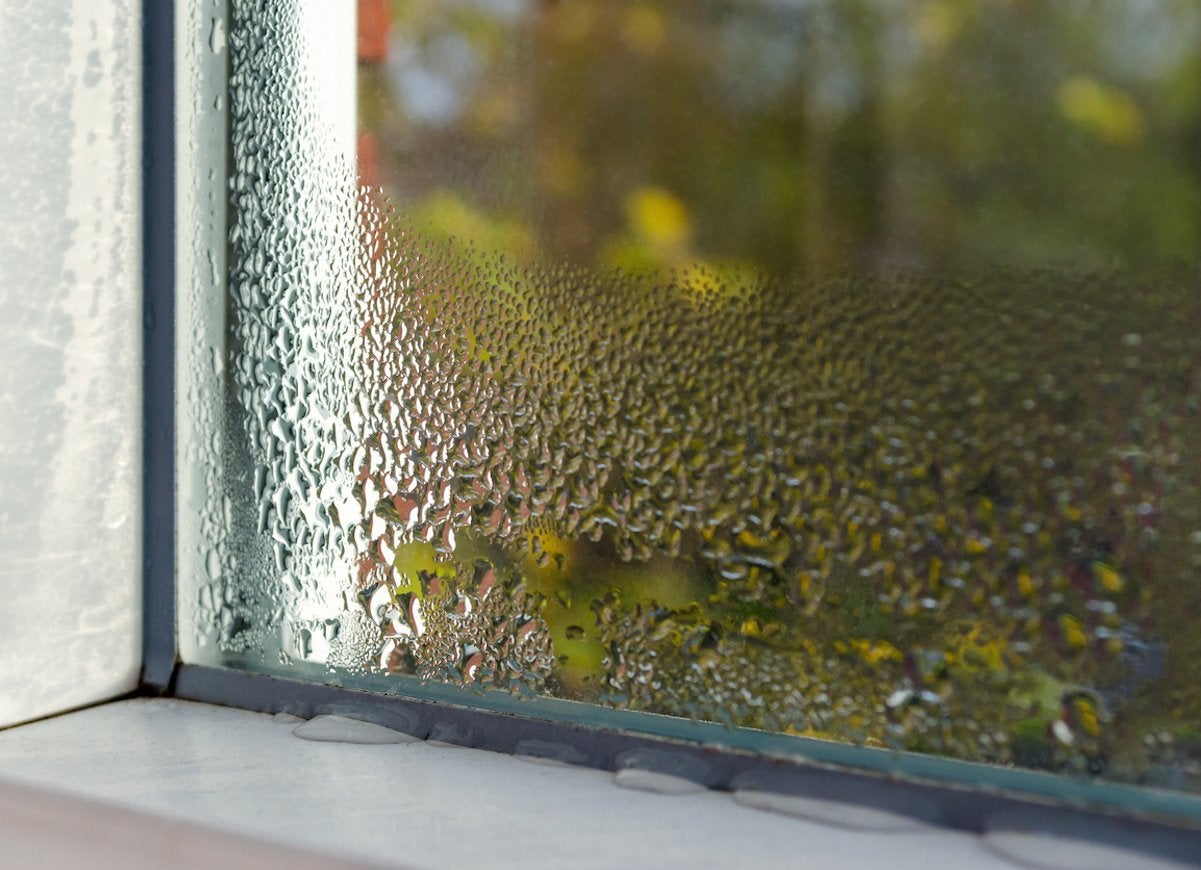
In some parts of the country, high humidity is just a normal part of summer. It can, however, become a problem if the indoor humidity reaches much above 60 percent, as the resulting condensation on walls, flooring, and windows could be enough to support the growth of mold and mildew. If necessary, run a dehumidifier in damp areas of your home—the basement tends to be a prime suspect.
It’s raining indoors

If long-term leaks in the roof or around your windows are letting rain drip inside, you’ll eventually pay a price not only in damage to paint, drywall, and even wooden studs, but also in the growth of mold. As with all leaks, it’s best to take care of these repair as soon as possible, before mold can set in.
You leave wet towels or clothing on the floor
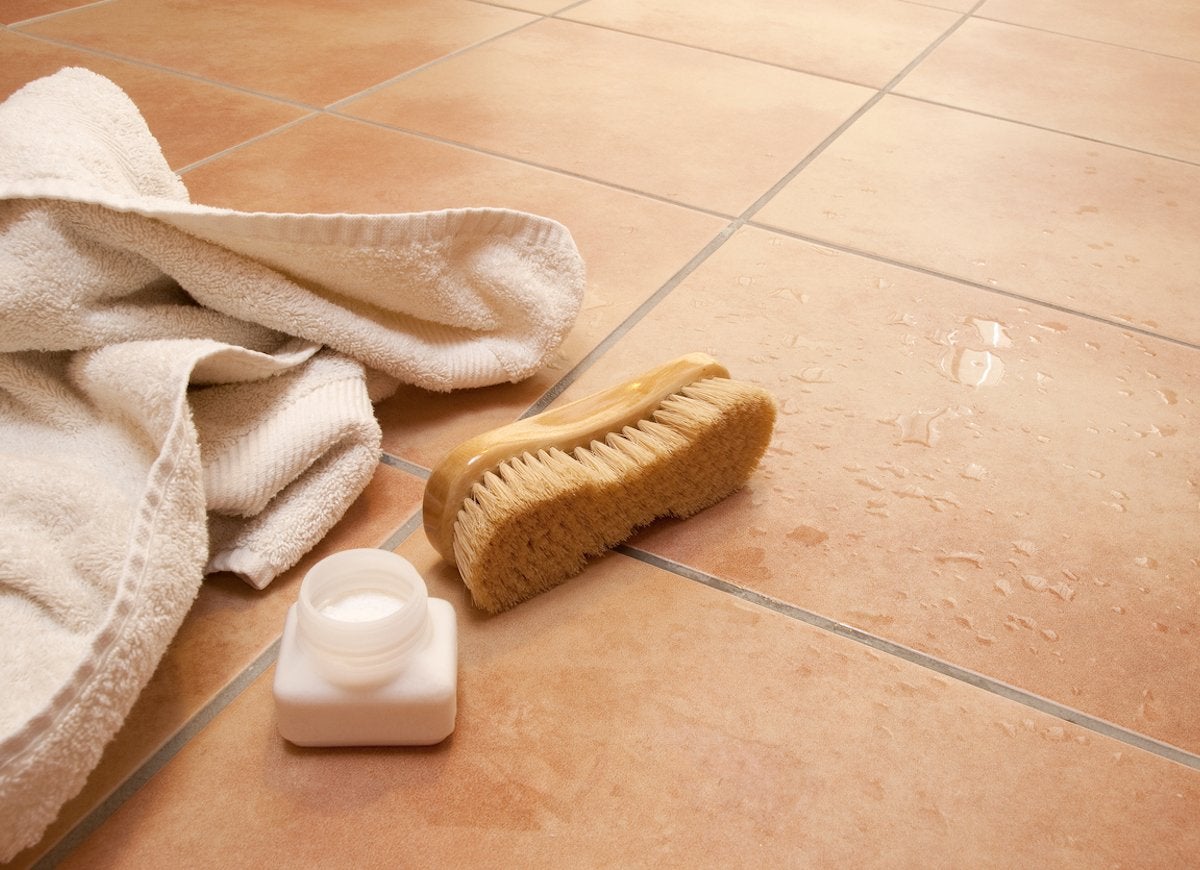
Whether it’s a towel after your teen’s shower, your sweaty running shirt and shorts, or your toddler’s bathing suit, wet fabric left crumpled on the floor is an open invitation to mildew. You’ll smell the distinctive musty odor in as little as a day if conditions are just right for this nuisance fungus. Hang up towels after every use, and either wash wet or sweaty clothing right away or hang it up to dry before tossing it into the laundry bin.
You don’t let your bathroom air out
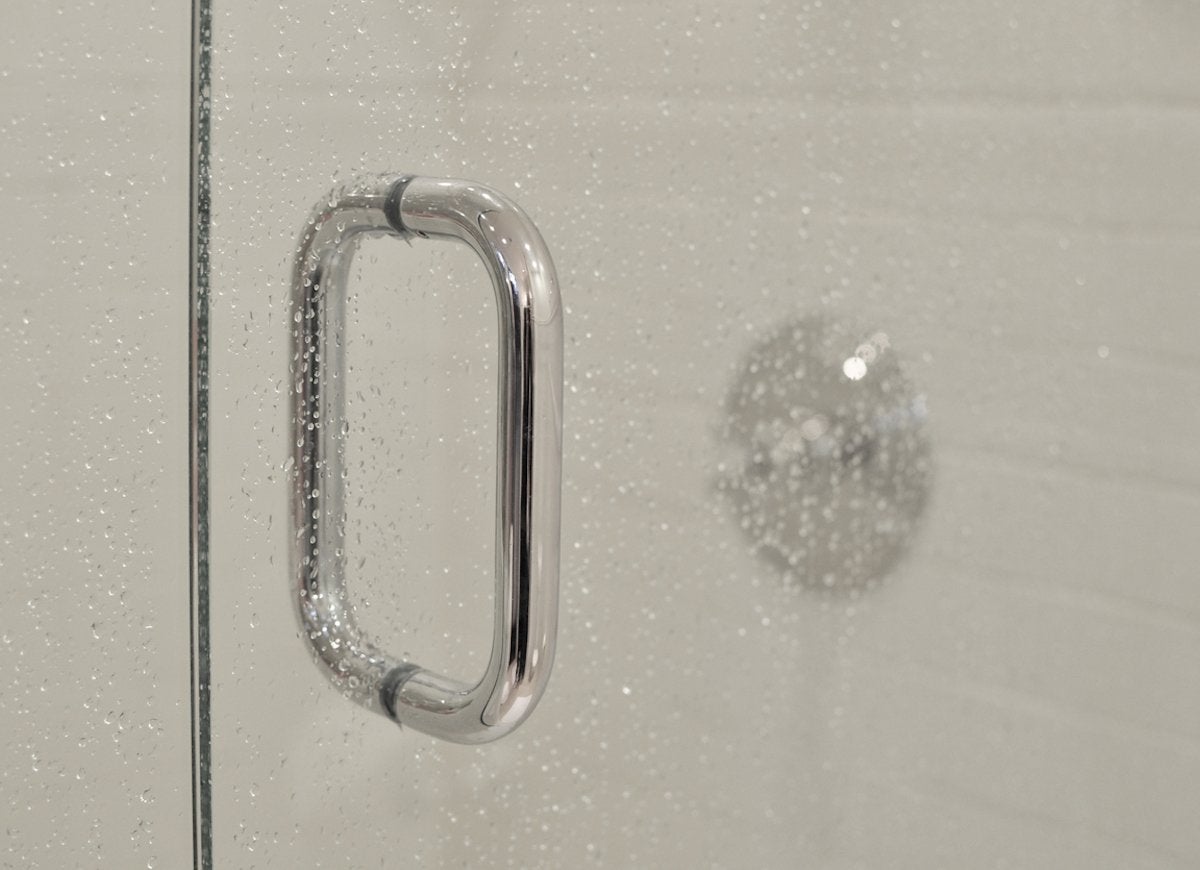
Bathrooms are a prime breeding ground for mold and mildew, as they tend to be warm and damp. To keep the moisture level down, leave the door open after a bath or shower, let the bathroom ventilation fan run for at least 20 minutes, pull the shower curtain closed so it can dry, and always hang up damp towels and bath mats.
Related: 8 Ways to Mildew-Proof Your Bathroom
Your kitchen is steamy
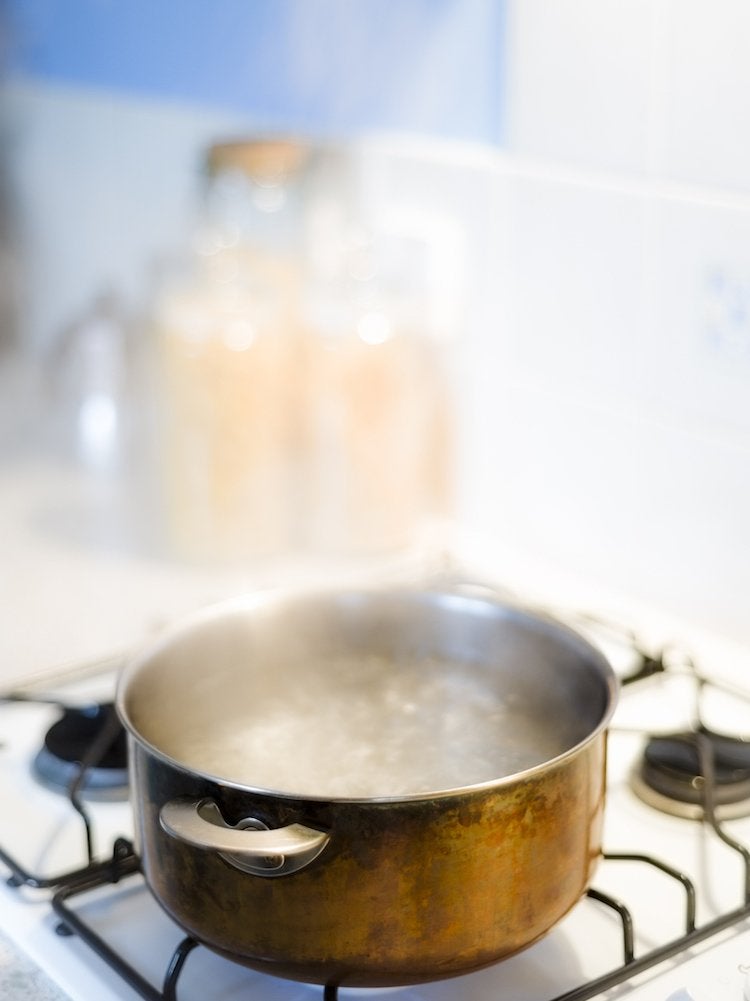
Kitchens are another favorite spot for mold because they offer plenty of moisture to support fungal growth. When boiling pots of water, open a window, if possible, or run the vent fan. Wipe up spills right away, and avoid leaving large piles of dishes in the sink. Spread out the dish towel so it can air out between uses, and wash it regularly.
You have cardboard boxes stacked in the garage
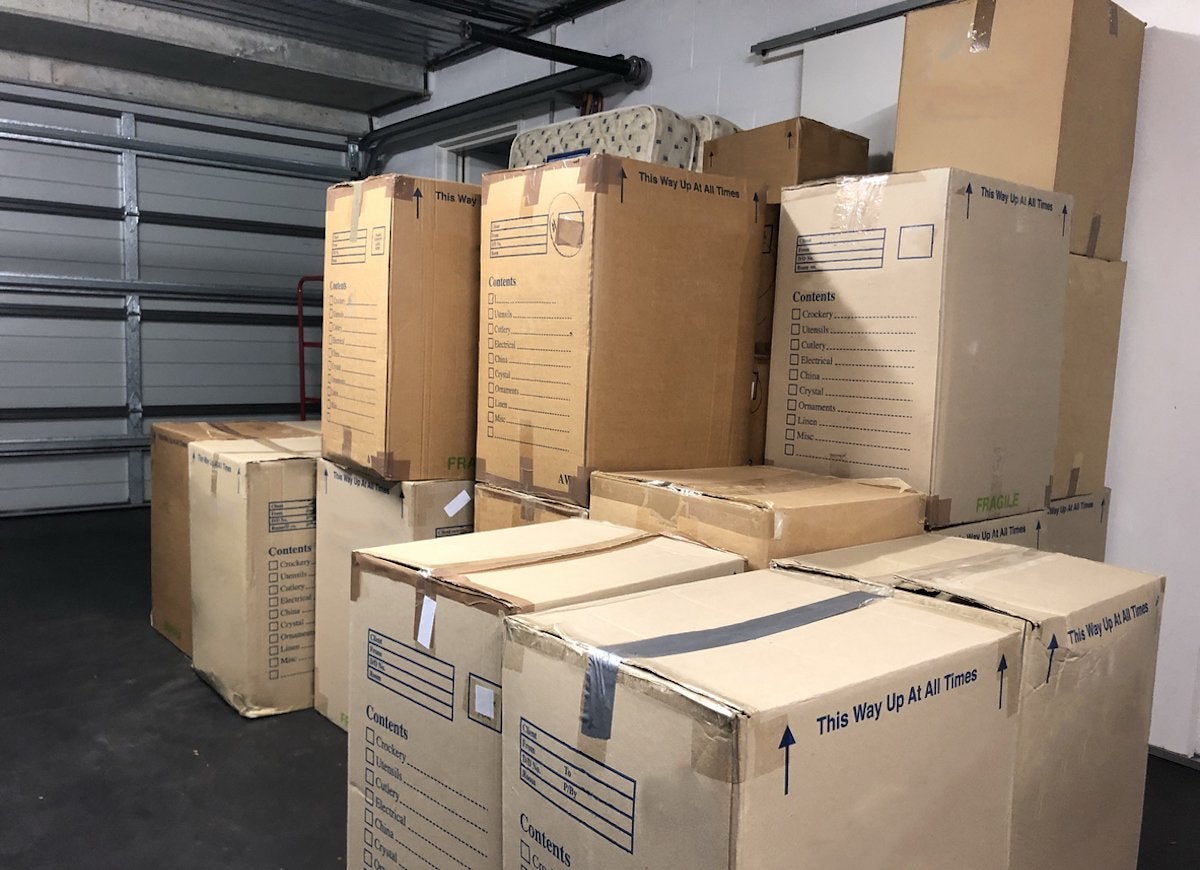
Mold grows quickly on moist paper, so a garage filled with stacked cardboard boxes is likely to turn into a fungus playground if high humidity or leaks make the boxes wet. You can cut down the potential for mold growth by repairing any roof or ground leaks in the garage. But it’s also a good idea to separate boxes enough to allow airflow between them, or even better, transfer the contents to plastic storage containers with tight lids. Placing a few buckets filled with cat litter or activated charcoal around the garage will also help control moisture.
You vent moisture-producing appliances inside
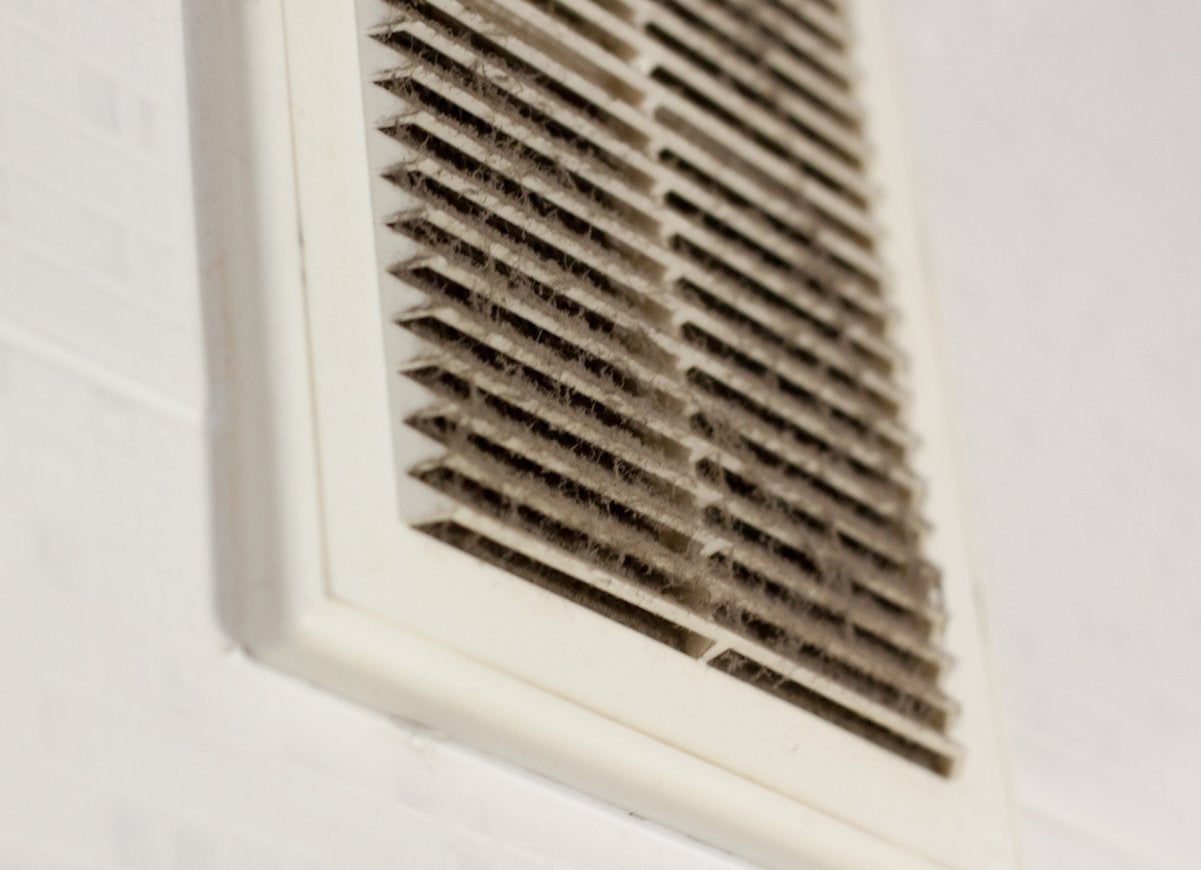
If your air conditioner, clothes dryer, stove, or bathroom fan vent into the attic instead of outside, you risk welcoming mold into your house. The high humidity produced by these appliances is more than sufficient to support mold growth, especially when contained within a warm area like an attic. If it is impossible to vent your appliances to the exterior of your house, look into fitting the vents with moisture traps to keep humidity under control.
You store fresh firewood inside the garage or house
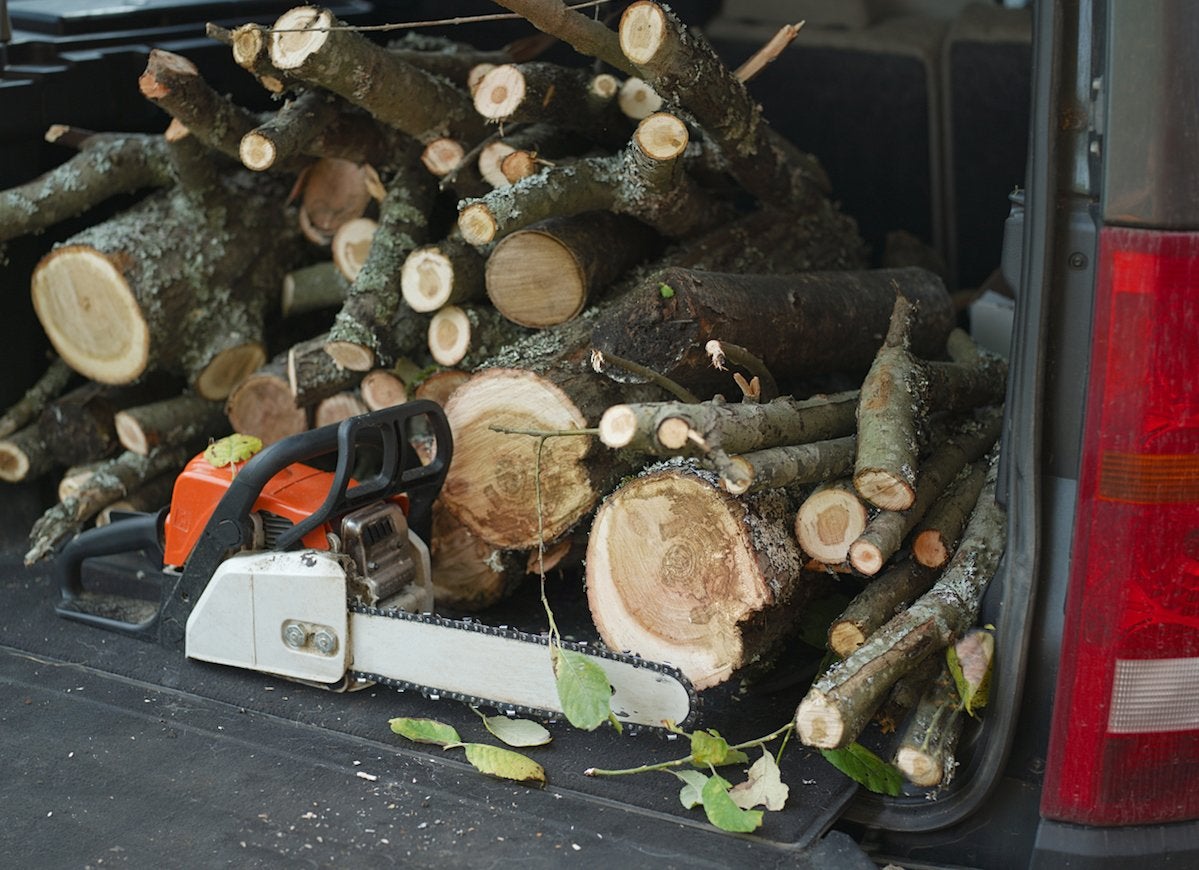
Freshly cut firewood releases a lot of moisture as the wood ages. Until your wood is completely dry, store it outside in a spot that is protected from the elements and has plenty of airflow—not in your garage or living room, where the moisture and warmth are likely to encourage mold growth.
You don’t vacuum often enough
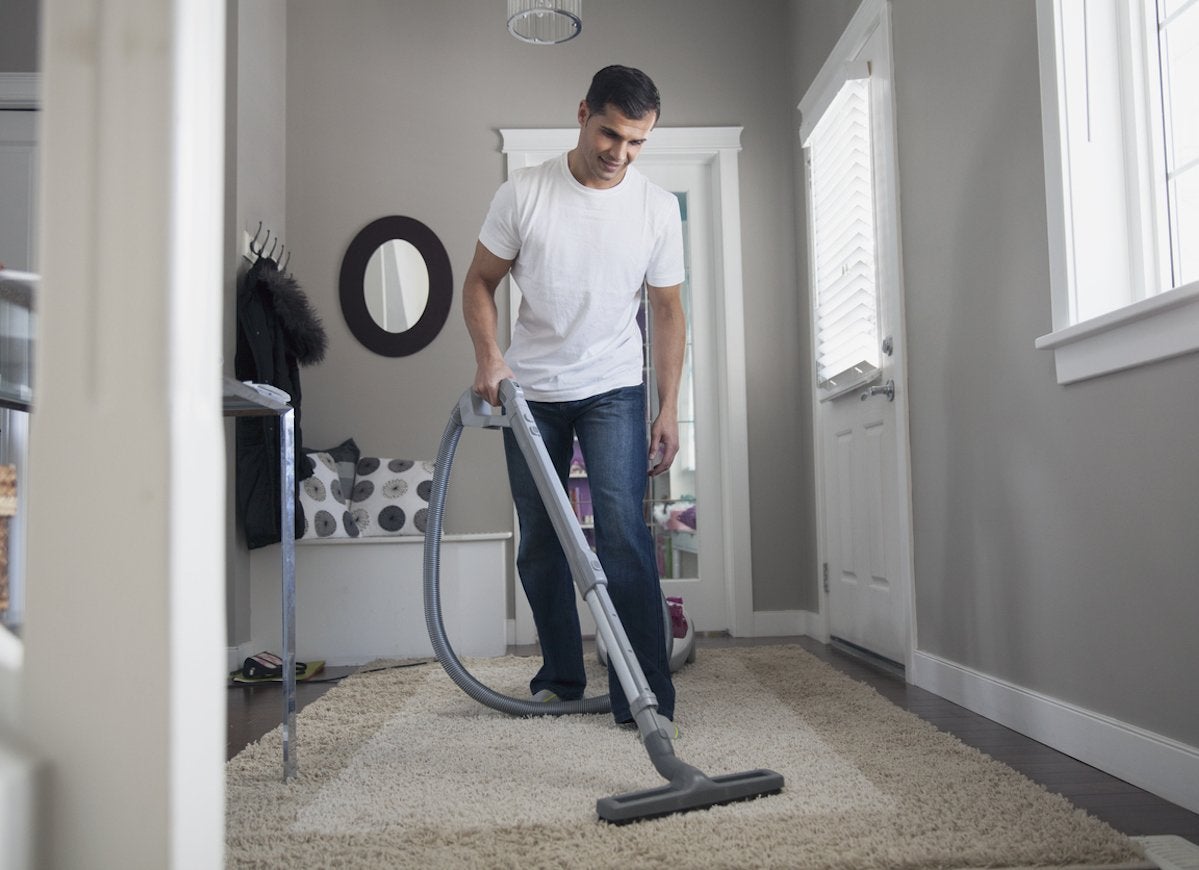
Mold spores drift through the air, eventually settling on the floor, where they are easily kicked up by the feet of family members and pets. If the spores finally land somewhere moist and undisturbed, they are likely to begin growing and dividing; it takes mold just 24 to 48 hours to establish a colony once spores have found a warm, damp spot. Vacuum all flooring, particularly carpeting and area rugs, at least once a week to help remove mold spores from your home. Ideally, use a vacuum equipped with a HEPA filter bag.

Everything You Need for a Lush and Healthy Lawn
Keeping your grass green and your plants thriving doesn’t just take a green thumb—it starts with the right tools and supplies.